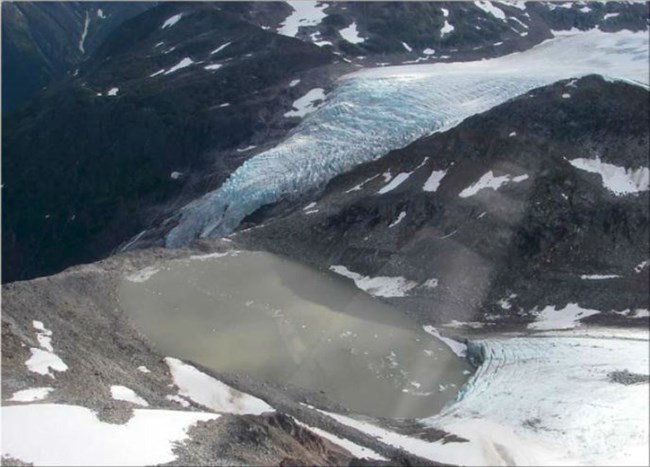
NPS photo 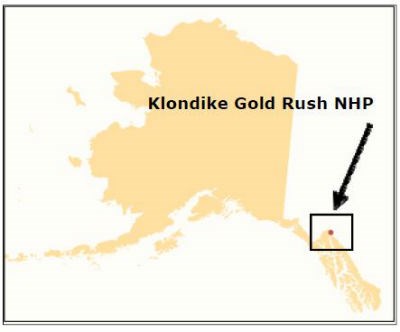
NPS image Climate changes and consequences Evidence of climate change has already been recorded in Klondike Gold Rush National Historical Park. Along with observed changes in seasonal weather, scientists report wetlands drying and glaciers receding, while elsewhere in Alaska spruce-bark beetle infestations, and wildland fire occurrences are on the rise. 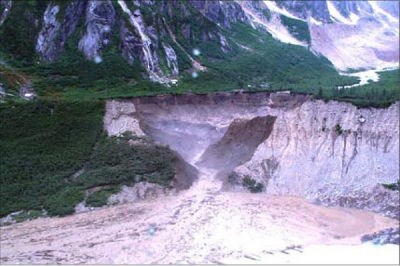
NPS photo 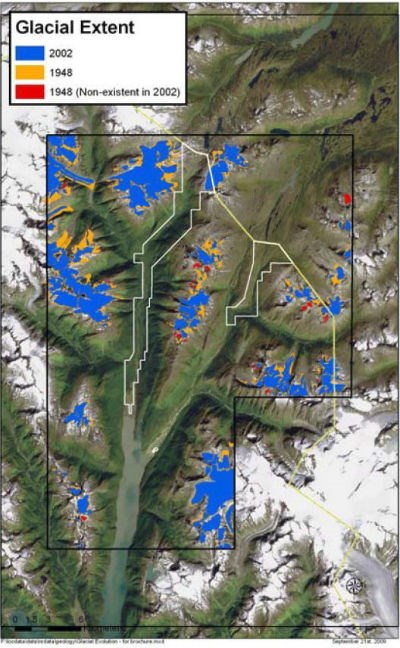
NPS image One step in anticipating and responding to the consequences of climate change is to understand the magnitude and time scale of the changing climate in a region. Future climate conditions are studied using general circulation models, which connect changes in atmospheric composition, ocean currents, and polar ice cover to changes in temperature and precipitation. Until recently, the most widely-accepted climate change models worked globally, and could only predict changing conditions for large areas. Recent modeling strategies using locally-scaled data have become available, helping to predict how climate change will unfold on scales appropriate to regional and local planning. For detailed results across the 13,000 acres of the Klondike Gold Rush National Historical Park, five global circulation models were combined, scaled down to a 2-kilometer grid, then used to estimate 10-year averages of future temperature and precipitation values. The models assume the IPCC 'moderate' emissions regime, a steady increase in carbon dioxide emissions from fossil fuels over the early 21st century, followed by a gradual decline in emissions as several kinds of low-emission energy sources become more prevalent. 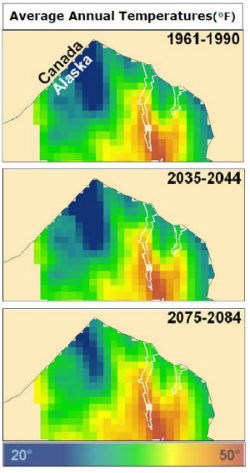
NPS image Overall, Klondike Gold Rush National Historic Park and surrounding area is projected to become warmer and drier over the next century. Temperatures are projected to increase over the coming decades at an average rate of about 1°F per decade. Considering the natural variation in temperatures across the study area, this is likely to result in a transition from average annual temperatures very near the freezing point (~34° F), to temperatures well above the freezing point (~40°F). As the table below shows, there is a range of uncertainty associated with the results, but the uncertainty in any predicted temperatures is smaller than the predicted changes in temperatures over the 21st century. Winter temperatures are projected to change the most dramatically. Mean winter temperatures could reach a high of 31°F by 2080, more than an 7°F rise from the historical 24°F average. Average summer temperatures are projected to rise by more than 5°F to ~53 °F by 2080. The water availability predictions are slightly counterintuitive—more precipitation will fall, but conditions are expected to become substantially drier in the summer and fall and potentially icier in winter. Although summer rainfall is expected to rise by 13%, this increase is unlikely to be enough to offset the increase in evapotranspiration caused by warmer temperatures and a longer growing season. 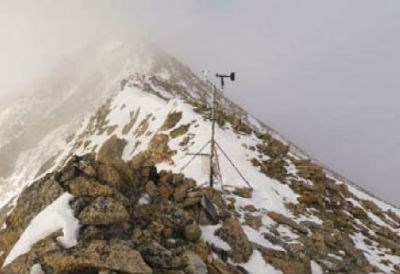
NPS photo What is being done? Scientists and national park managers are crafting strategies to help parks adapt to future climate conditions. A network of weather monitoring stations like the one at left have been set up throughout national parks across the country. Locally, biannual geohazard surveys are conducted to monitor the glacial recession shown above, and look at newly ice-free areas for lakes that may pose outburst flood hazards. 
|
Last updated: September 11, 2017
